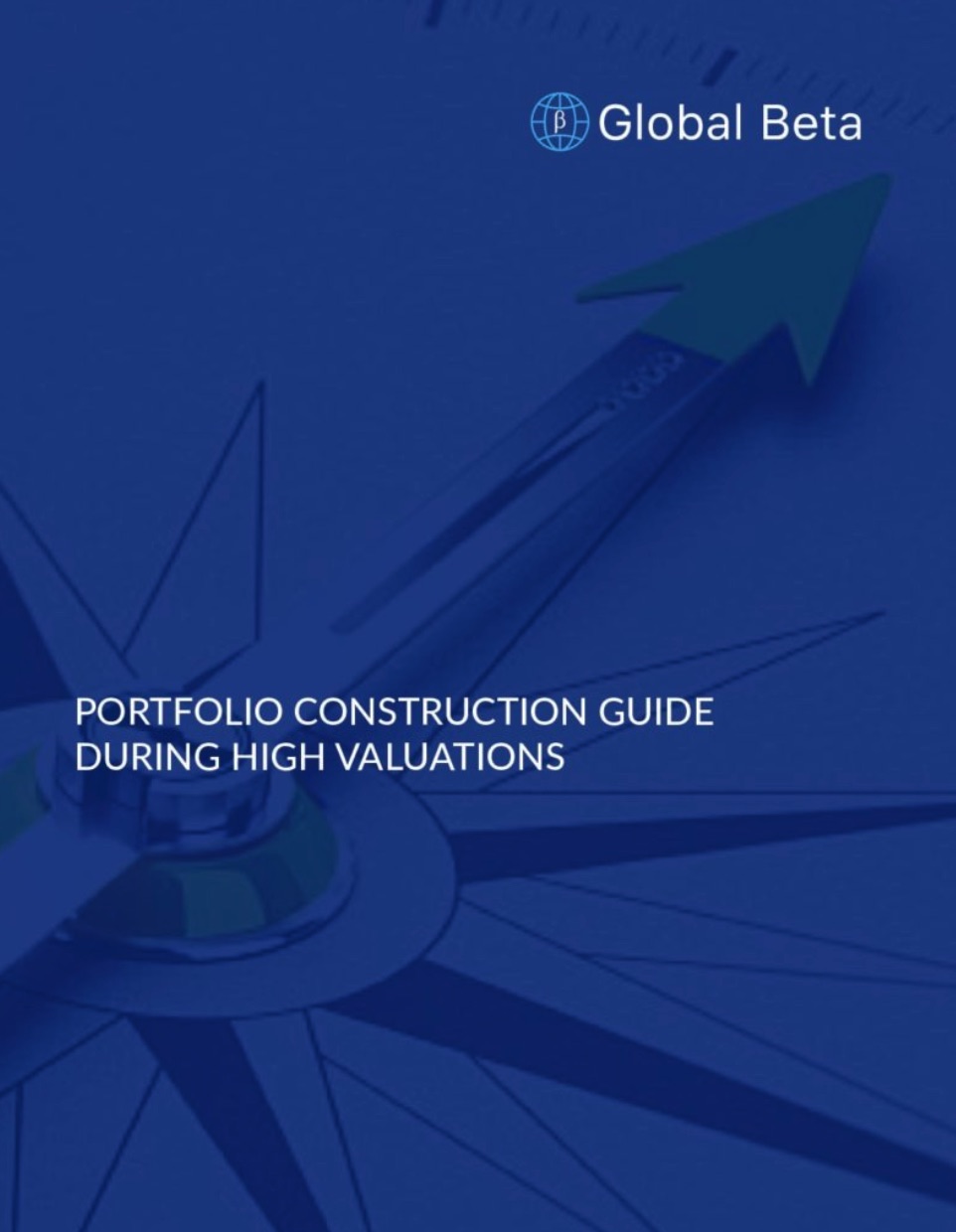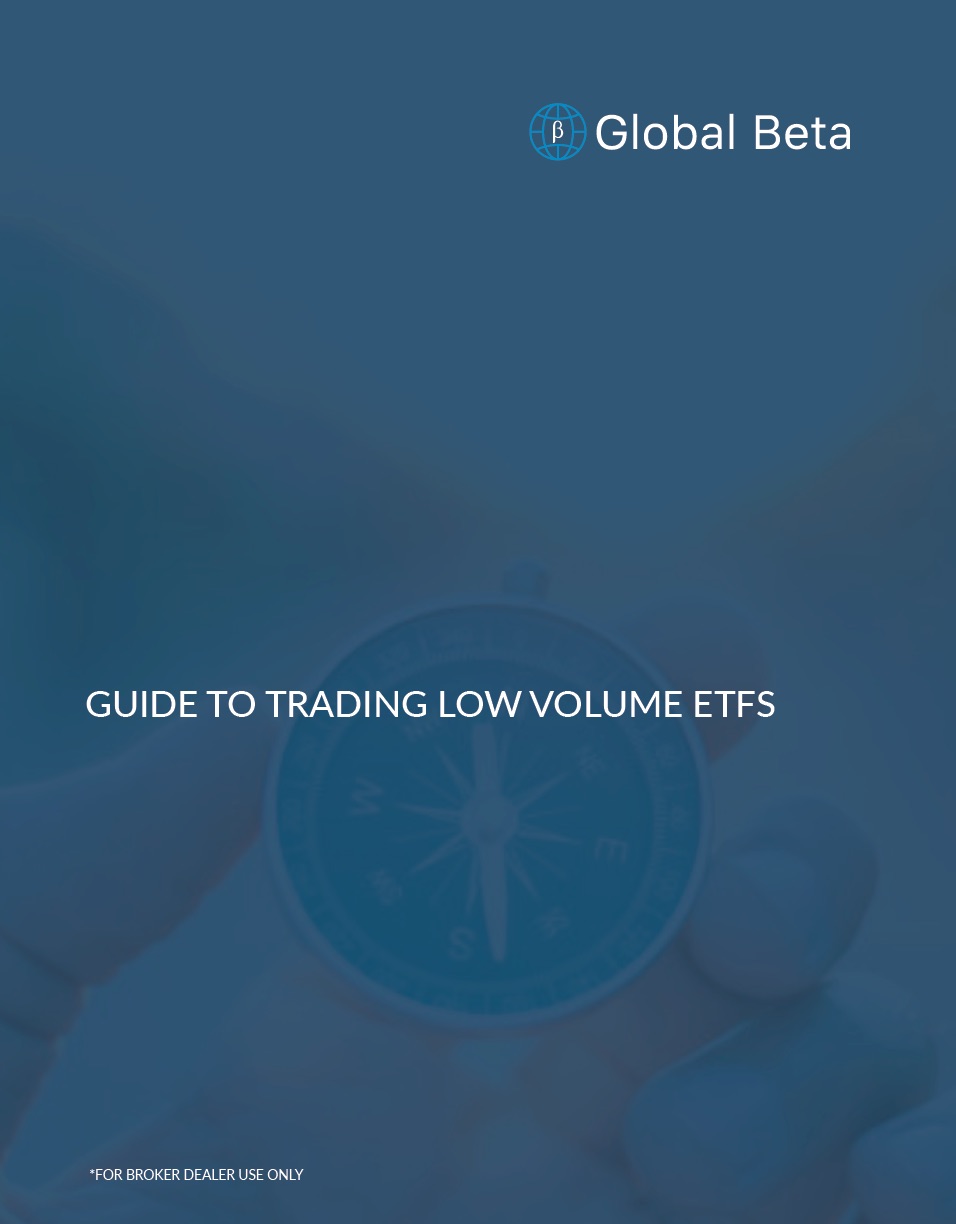Global Beta Exchange Traded Funds
Our lineup of low-cost Factor ETFs, combined with Global Beta’s investing expertise and research tools, may help strengthen your evolving investment strategy. Discover how improving the price-to-sales ratio within a portfolio may significantly improve returns.
Factor ETFs



Justin Lowry Interviewed by What the Funds
Understand Valuations within Growth Securities
GBDV
Global Beta Smart Income ETF
The Global Beta Smart Income ETF seeks to track the performance (before fees and expenses) of the Global Beta Smart Income Index. The index is composed of stocks in the S&P 900 index with the highest average 12-month trailing dividend yield over the prior 4 quarters on a diversified basis.
GBLO
Global Beta Low Beta ETF
The Global Beta Low Beta ETF seeks to track the performance (before fees and expenses) of the Global Beta Low Beta Factor Index. The index is composed of stocks in the S&P 500 index with the lowest relative beta to the S&P 500.
GBGR
Global Beta Rising Stars ETF
The Global Beta Rising Stars ETF seeks to track the performance (before fees and expenses) of the FactSet Rising Stars Index. The index is composed of stocks listed on the NYSE and Nasdaq that demonstrate the largest expansion of market share in the fastest growing technology industries with better relative valuations than their peers.
The performance data quoted represents past performance and is no guarantee of future results. Investment return and principal value of an investment will fluctuate so that an investor’s shares, when redeemed, may be worth more or less than their original cost. Current performance may be lower or higher than the performance data quoted. For the most recent month-end performance, please call (833) 933-2083.
Global Beta Advisors NYSE Opening Bell July 29
Before investing you should carefully consider the Fund’s investment objectives, risks, charges, and expenses. This and other information is in the prospectus or summary prospectus. A copy may be obtained by visiting www.globalbetaetfs.com or calling (833) 933-2083. Please read the prospectus or summary prospectus carefully before investing.
Price to Sales Ratio
Price to Sales Ratio: is calculated by taking a company’s market capitalization (the number of outstanding shares multiplied by the share price) and divide it by the company’s total sales or revenue over the past 12 months.
Risk Considerations
Investing involves risk including the possible loss of principal. There can be no guarantee that the Fund will achieve its investment objective. The Funds are subject to their own specific principal investment risks which can be further found in the Funds’ Learn More boxes. These risks which may adversely affect the Fund’s net asset value (“NAV”), trading price, yield, total return and ability to meet its investment objective.
Distributor: Compass Distributors, LLC





